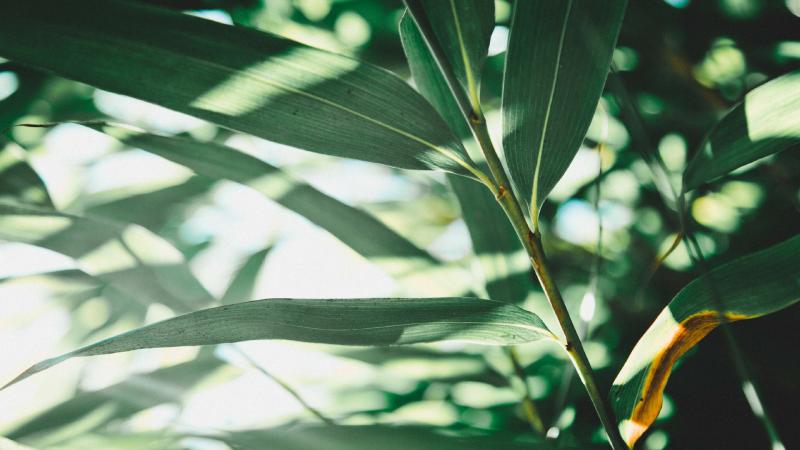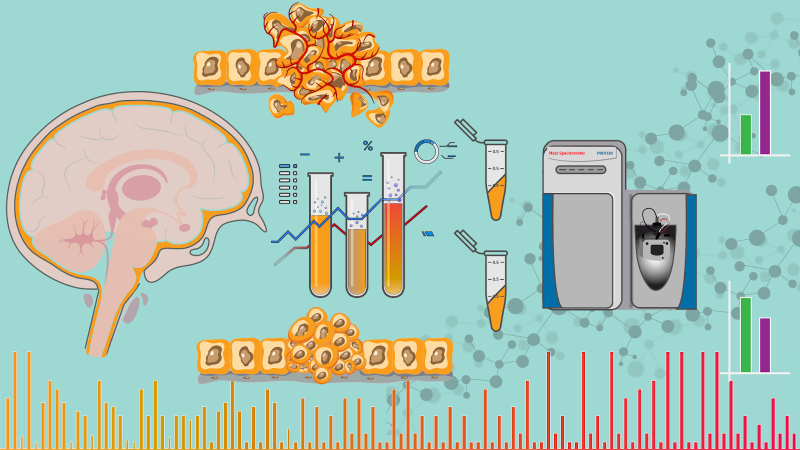
The summer is here, and the newspapers are already flashing headlines on how hot this summer could be. While we humans may turn on the air coolers, what would the thousands of animals and plants do? It turns out, some trees have unique tricks up their leaves, quite literally! A new study by researchers from the Indian Institute of Science Education and Research (IISER), Pune, and Oak Ridge National Laboratory, USA, shows how tropical trees deal with the heat and the adaptations in their leaves that help them survive in extreme heat conditions.
Increased heat intensity, reduced water availability and frequent droughts are some of the extreme events that can trigger a plant’s cellular stress—a range of molecular changes in the cells. It results in reduced photosynthesis and subsequent death. Studies in the past have shown that the thermal tolerance for leaf functions like photosynthesis varies inversely with latitude. Thus, tropical plants have a higher thermal tolerance as compared to other plants.
However, the relationship between thermal tolerance and the temperature of the plant’s habitat is not linear. For an increase of 20⁰ C habitat temperature, the thermal tolerance increases by only 8⁰ C. This weak relationship, coupled with significant thermotolerance variations (10-20 ⁰C) observed between species within a region, suggest that the besides the habitat,leaf temperature tolerance could have other factors influencing them.
One such factor could be the leaf structure and its form. To test this, the researchers looked at the role of leaf traits like the area of the leaf, the ratio of leaf dry weight to single-sided leaf area (leaf mass area) and the ratio of leaf dry weight to wet weight, in regulating leaf temperature.
The researchers studied saplings of 12 species grown in a seasonally dry tropical region in Maharashtra with a controlled environment that could manipulate light, water and temperature. A previous related study by the authors had looked at the thermotolerance in tropical tree species in an open environment. In this study, published in the journal AoB Plants, the researchers have examined the photosynthesis rates in a controlled environment.
Plants perform photosynthesis using chlorophyll pigments in their leaves. Chlorophyll fluorescence is a phenomenon that occurs when the light is re-emitted by chlorophyll pigments and is used as an indicator of the rate of photosynthesis. The variations of fluorescence with temperature indicate the photosynthetic thermotolerance and are widely used to understand plant sensitivity to extreme temperatures.
The study investigated leaf thermotolerance across the 12 species by quantifying the temperature at which there was a 50% decrease in photosynthesis. It also looked at the relationship of thermotolerance with leaf traits and photosynthetic rates. To study the relationship between thermotolerance and drought tolerance among species, the researchers subjected the saplings to drought and well-watered conditions.
The study found that thermotolerance varied widely between species from 44.5⁰C to 48.1⁰C—a significant finding because these upper limits are close to the maximum temperatures of their habitats and hence indicate a risk from further temperature increase. The researchers observed that drought increased the thermal tolerance of the leaves, which was positively related to the leaf mass area and negatively associated with photosynthetic rates. Hence, species with higher photosynthesis rates and lower leaf mass area are less thermotolerant and more vulnerable to increased temperatures. The study also found that evergreen species that have a more significant leaf mass area, thicker leaves and longer lifespans were more thermotolerant than deciduous species. This finding assumes significance as it may lead to future species composition favouring evergreen species with high leaf mass area and low photosynthesis rates.
The findings reveal how plants could respond in the wake of global warming, which may not be random but influenced by functional attributes. “Similar studies in dry sub-tropical forests elsewhere found a positive relationship between thermotolerance with leaf longevity but not with leaf mass area. This indicates that these relationships may not be universal, but dependent on environments”, say the researchers, stressing the need for more such studies from diverse environments to understand how different plants may respond to climate change.
